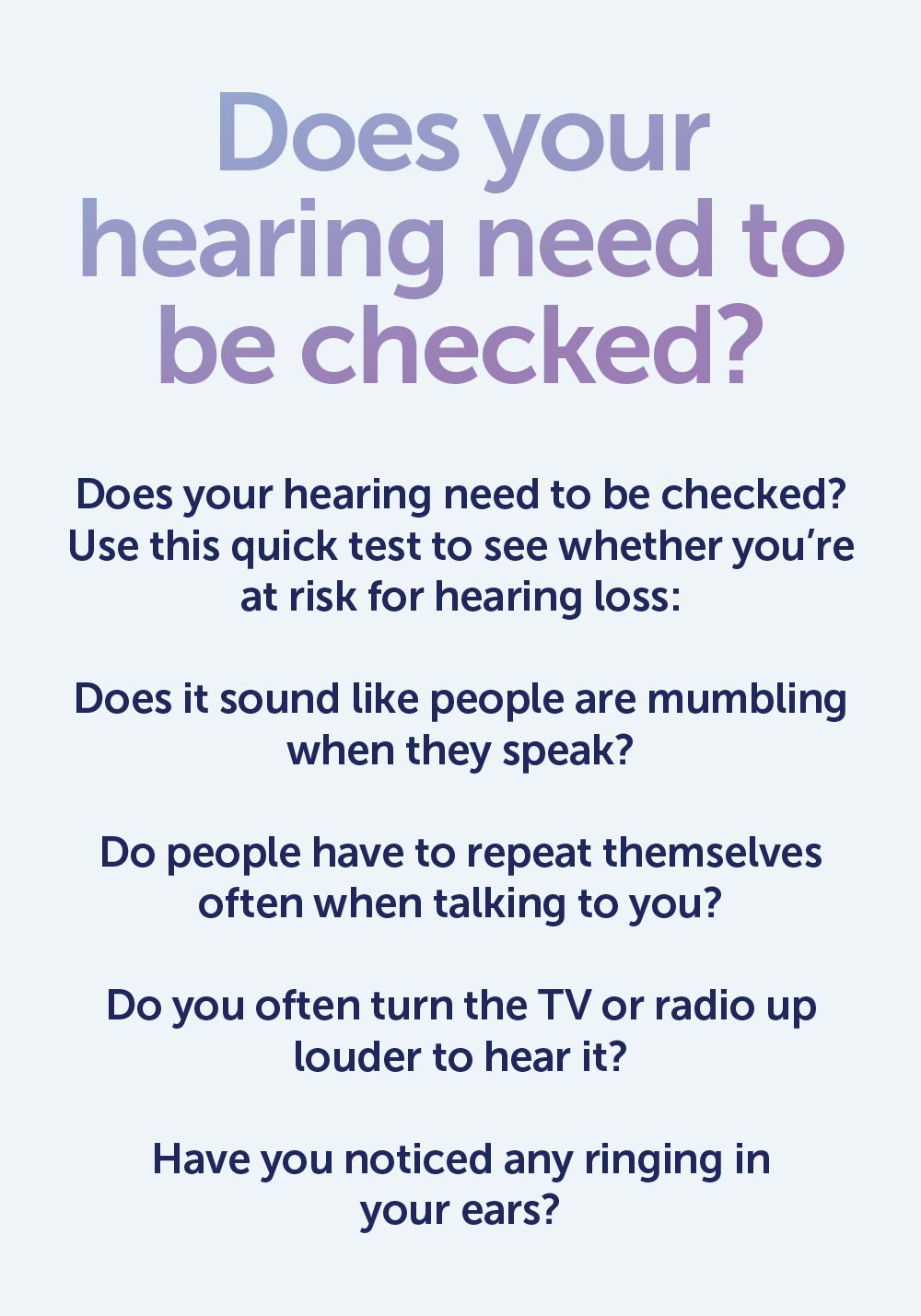Enhancing Discovering: Resolving Auditory Processing Issues In Dyslexia
Enhancing Discovering: Resolving Auditory Processing Issues In Dyslexia
Blog Article
Write-Up By-Bank Stryhn
When you take into consideration the difficulties that dyslexic learners face, it's clear that acoustic processing concerns usually play a considerable function. You could question how customized strategies can bridge the gap in between auditory directions and comprehension. By incorporating visual help and breaking jobs into workable actions, you could enhance focus and understanding. Nonetheless, the solutions do not quit there. What various other methods can create a truly supportive learning environment that promotes success and confidence?
Comprehending Dyslexia and Auditory Processing
Dyslexia influences approximately 1 in 5 people, making it among one of the most usual learning disabilities. If you're navigating dyslexia, you could locate that it doesn't simply impact analysis and writing; it can likewise impact just how you process acoustic information.
Acoustic handling refers to exactly how your brain interprets audios, consisting of language. When you have problem with this, it can lead to difficulties in understanding talked directions and following conversations.
You may notice that you typically misinterpret what you hear or that it takes much longer for you to respond in conversations. This isn't a representation of your knowledge; it's a specific difficulty pertaining to processing auditory signals.
Recognizing this connection is vital due to the fact that it aids clarify why you may excel in visual jobs while encountering obstacles in jobs that depend on auditory understanding.
Identifying these challenges can encourage you. By comprehending the complexities of dyslexia and auditory processing, you can much better support for your requirements, whether in educational settings or social scenarios.
It's vital to recognize these issues so you can look for the ideal assistance and techniques in the future.
Efficient Techniques for Support
Navigating the obstacles of acoustic handling can feel frustrating, however there are effective methods that can help you flourish.
By carrying out these methods, you can enhance your learning experience and boost your capability to procedure acoustic information.
- ** Utilize visual help **: Pairing acoustic instructions with visual supports, like graphes or representations, can dramatically boost comprehension.
- ** Break jobs into smaller steps **: Simplifying guidelines right into convenient chunks enables you to concentrate and refine details more effectively.
- ** Exercise active paying attention **: Engage in workouts that motivate you to pay attention attentively, such as summarizing what you have actually heard or asking inquiries for information.
- ** Integrate modern technology **: Utilize apps or software designed to help with acoustic processing, such as speech-to-text devices or audiobooks, to reinforce knowing.
Creating Helpful Knowing Atmospheres
Producing a helpful understanding setting is essential for aiding individuals with auditory handling challenges succeed. Beginning by minimizing interruptions in your class or learning room. Use acoustic panels or soft home furnishings to absorb audio, which can assist trainees focus much better. Make certain seating plans allow for clear sightlines to the instructor and any kind of visual aids.
Next off, integrate clear and concise interaction. Speak slowly and use basic language, checking for recognizing often. Encourage students to ask inquiries if they're unclear. Visual aids like graphes, layouts, and created guidelines can enhance comprehension and retention.
In addition, cultivate a culture of persistence and understanding among peers. Instruct pupils regarding auditory handling issues, advertising compassion and assistance. Group tasks can be advantageous; simply ensure that duties are clear and that trainees work together to sustain each other.
Finally, give special needs center . Commemorate auditory processing definition and success, despite how small. This encouragement builds self-confidence and enhances the idea that discovering is a journey.
Conclusion
In your journey to enhance discovering for people with dyslexia, think about each method as a tipping stone across a river. By weaving with each other auditory and aesthetic aids, breaking tasks into bite-sized items, and nurturing a supportive setting, you aid develop a bridge to understanding. Remember, cultivating compassion amongst peers and appealing families can light the path to success. With persistence and dedication, you'll empower learners to overlook challenges, transforming their struggles right into strengths.
